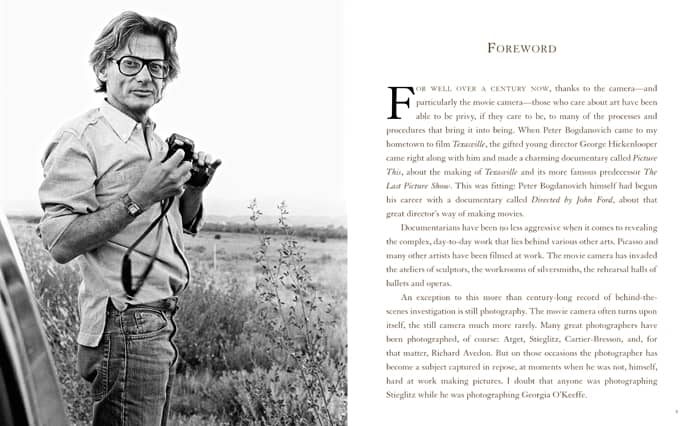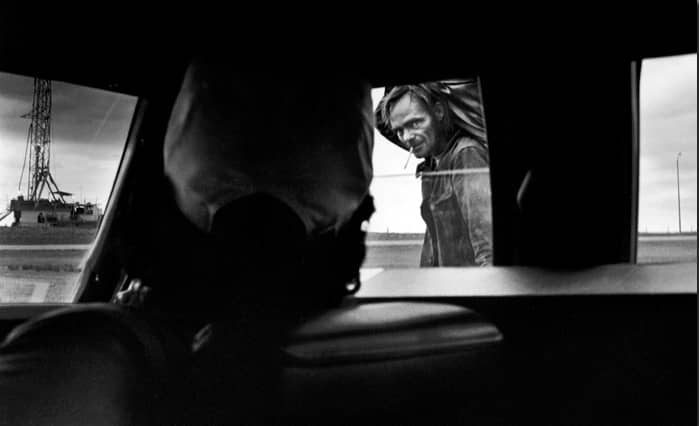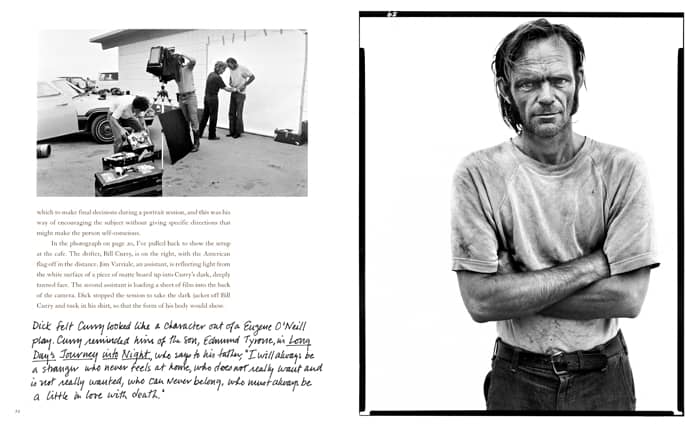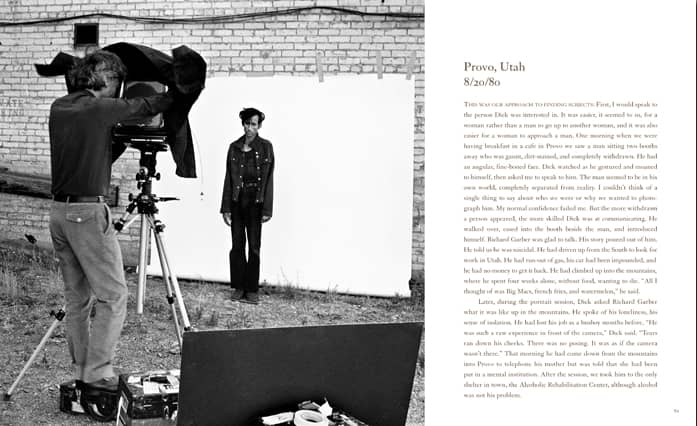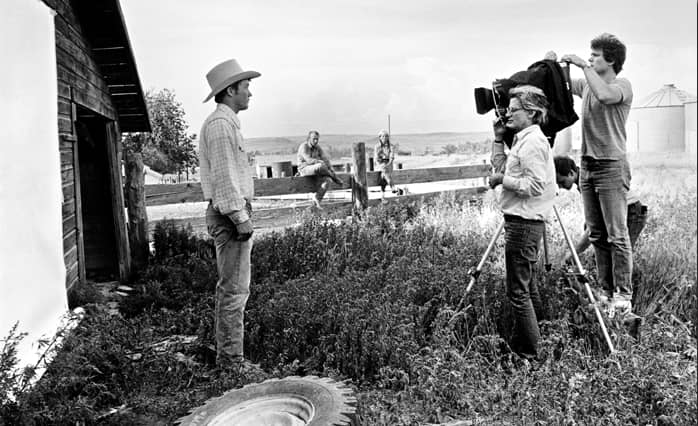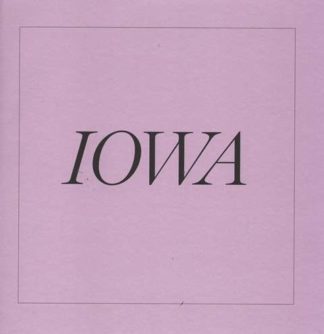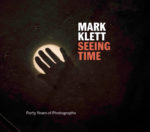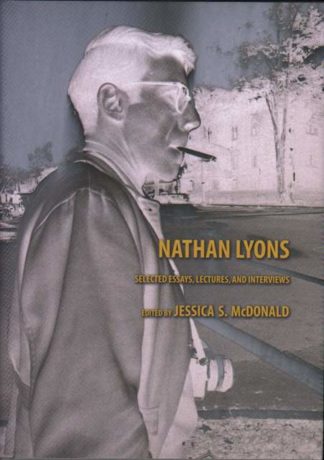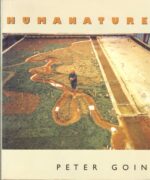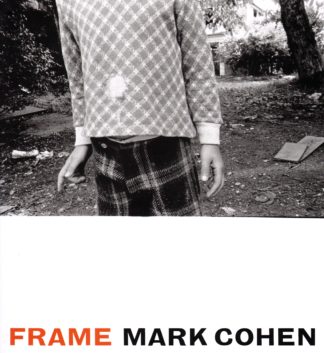Reconnu internationalement pour ses portraits de personnes puissantes et accomplies et de femmes d’une grande beauté, Richard Avedon fut l’un des plus grands photographes du Xxe siècle, mais peut-être pas le choix le plus évident pour créer un portrait des gens ordinaires de l’Ouest américain. Pourtant, en 1979, le Musée Amon Carter de Fort Worth, au Texas, lui a donné cette mission avec audace.
L’exposition et le livre de 1985, In the American West, marquent une étape importante dans la photographie américaine et l’œuvre la plus importante d’Avedon. Ses portraits inébranlables de travailleurs des champs de pétrole et des abattoirs, de mineurs, de serveuses, de vagabonds, de malades mentaux, d’adolescents et d’autres personnes ont capturé les inconnus et souvent ignorés qui travaillent dur, des emplois non célébrés. Ne s’excusant pas d’avoir brisé les stéréotypes de l’Occident et des Occidentaux, Avedon a déclaré : « Je cherche une nouvelle définition d’un portrait photographique. Je cherche des gens qui sont surprenants, déchirants ou beaux d’une manière terrifiante. Une beauté qui pourrait vous effrayer jusqu’à ce que vous la reconnaissiez comme faisant partie de vous-même.
La photographe Laura Wilson a travaillé avec Avedon pendant les six années qu’il faisait In the American West. Dans Avedon at Work, elle présente un enregistrement photographique unique de sa création de ce chef-d’œuvre, la première fois qu’un grand photographe a été documenté en profondeur sur une longue période de temps. Elle combine les images qu’elle a réalisées lors des séances photographiques avec des entrées de son journal pour montrer les méthodes de travail d’Avedon, son choix de sujets, son processus créatif, et même ses expériences et ses échecs. Sont également inclus un certain nombre de portraits finis d’Avedon, ainsi que ses propres commentaires et lettres de certains des sujets.
Avedon at Work ajoute une nouvelle dimension à notre compréhension de l’une des séries de portraits les plus significatives du Xxe siècle. Pour tous ceux qui s’intéressent au processus de création, il confirme que, selon les mots de Laura Wilson, « autant que toutes ces photographies peuvent sembler être des moments qui viennent de se produire, ils sont enfin, à des degrés divers, des œuvres de l’imagination ; préface de Larry McMurtry, photos en n.b.
Internationally acclaimed for his portraits of powerful and accomplished people and women of great beauty, Richard Avedon was one of the twentieth century’s greatest photographers—but perhaps not the most obvious choice to create a portrait of ordinary people of the American West. Yet in 1979, the Amon Carter Museum of Fort Worth, Texas, daringly commissioned him to do just that.
The resulting 1985 exhibition and book, In the American West, was a milestone in American photography and Avedon’s most important body of work. His unflinching portraits of oilfield and slaughterhouse workers, miners, waitresses, drifters, mental patients, teenagers, and others captured the unknown and often-ignored people who work at hard, uncelebrated jobs. Making no apologies for shattering stereotypes of the West and Westerners, Avedon said, « I’m looking for a new definition of a photographic portrait. I’m looking for people who are surprising—heartbreaking—or beautiful in a terrifying way. Beauty that might scare you to death until you acknowledge it as part of yourself. »
Photographer Laura Wilson worked with Avedon during the six years he was making In the American West. In Avedon at Work, she presents a unique photographic record of his creation of this masterwork—the first time a major photographer has been documented in great depth over an extended period of time. She combines images she made during the photographic sessions with entries from her journal to show Avedon’s working methods, his choice of subjects, his creative process, and even his experiments and failures. Also included are a number of Avedon’s finished portraits, as well as his own comments and letters from some of the subjects.
Avedon at Work adds a new dimension to our understanding of one of the twentieth century’s most significant series of portraits. For everyone interested in the creative process it confirms that, in Laura Wilson’s words, « much as all these photographs may appear to be moments that just occurred, they are finally, in varying degrees, works of the imagination.


